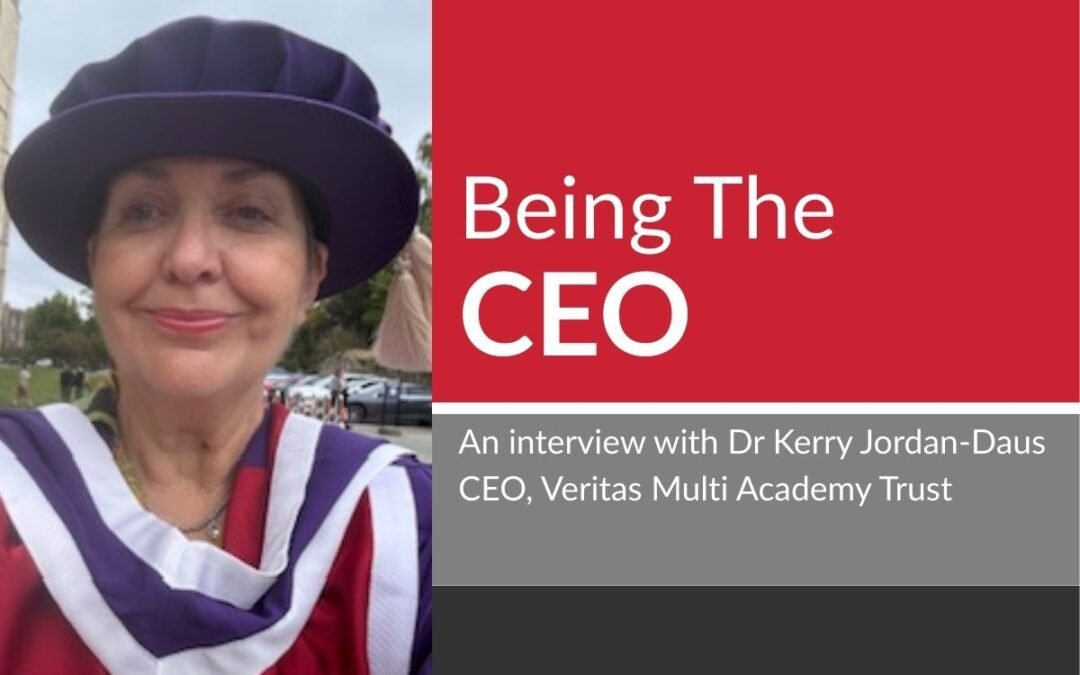

by Debi Bailey and Sean Harris
‘a commitment to protecting children from poverty is… more than a slogan or a routine inclusion in a political manifesto; it is the hallmark of a civilised society’ UNICEF (2012) (p4)
As Alice Gregson remarked in her address to trust leaders at Forum Strategy’s National #TrustLeaders Symposium in June, ‘we are all facing an unprecedented challenge as we navigate how best to support our young people and our local communities in the face of the most serious cost-of-living crisis in decades’. Poverty and disadvantage is arguably the most complex challenge facing us as trust leaders, and this has been amplified by the ongoing impact of the pandemic, and now the cost of living crisis, which shows no signs of abating soon. Supporting disadvantaged children and young people is becoming that much more difficult – and urgent – as growing numbers are pushed into poverty, and those already living in poverty are facing even greater challenges. More families than ever forced to choose between even the most basic of necessities, such as heating and eating (nearly a quarter (23%) of adults reported that it was very difficult or difficult to pay their usual household bills in March 2022). This will no doubt be having a huge impact on children’s lives and readiness to learn and, for this reason, our mission to address educational inequality beyond the classroom is imperative.
Defining disadvantage
Forming a cohesive definition and understanding of what we mean by disadvantage in our trust communities is not easy, but it needs to be wrestled with in our leadership teams. Defining what disadvantage is and what it looks like in our specific context (e.g. doorstep disadvantage) is essential if we are then identifying the mechanics by which to address it.
Ridge (2009), amongst other commentators, provides an understanding of poverty in the lived experience of school-aged children, arguing that ‘poverty can permeate every level and aspect of children’s lives confronting and constraining them in a multitude of different ways’ (p22). She argues, ‘they are children who have the same social and cultural expectations as other children, and are driven by the same social imperatives. They want and need to ‘fit in’ and ‘join in’ with other children’ (p22).
“Poverty and disadvantage is arguably the most complex challenge facing us as trust leaders, and this has been amplified by the ongoing impact of the pandemic, and now the cost of living crisis”
At times, our sector has been led by attempting to define and frame disadvantage in terms of policy. For example, the pupil premium (PP) has been used as a proxy to indicate the number of children that are identified as disadvantaged. Whilst the PP is a starting point of understanding some of the overall disadvantage agenda, it should not be used in isolation of other important data or measures used to identify those that are most disadvantaged.


